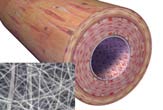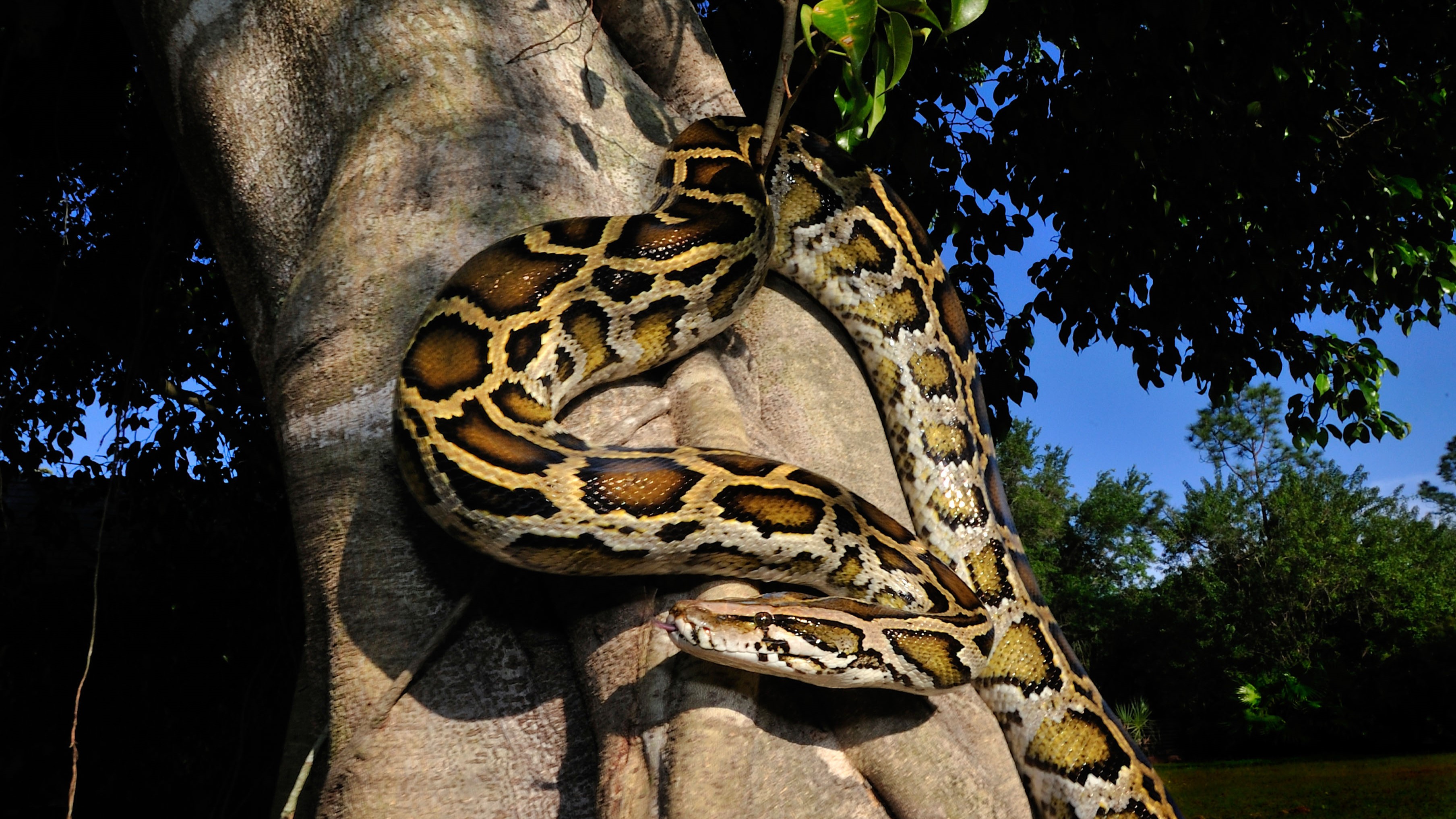Synthetic Blood Vessels Not Such a Stretch

The rapidly advancing world of regenerative medicine just got wilder as a team of researchers has reported a better technique for growing starter arteries for people with vascular disease who need replacements.
The synthetic blood vessels could eventually be used in patients undergoing heart surgery to have their hardened or blocked arteries removed and replaced with prosthetics or grafts that would allow the regeneration of a new artery.
Cardiovascular disease is one of the leading causes of death in the United States.
The challenge
In recent years, specialists called tissue engineers have begun to figure out how to help patients grow new tissues and even entire organs to replace ailing and failing parts such as blood vessels, skin, cartilage, bone, stomachs, bladders and even hearts. The process involves seeding specially shaped artificial scaffolds with human cells such that the body eventually grows a functional new body part around the implant.
CLICK TO ENLARGE Arteries are highly elastic, with three main layers. Credit: 3DScience.com
The trick with tissue engineering is to come up with synthetic parts that can withstand the mechanical strain of doing the body's work while also biodegrading slowly as the body rebuilds the real thing.
With blood vessels, experts already have shown that it is possible to make synthetic arteries that work in the lab.
Sign up for the Live Science daily newsletter now
Get the world’s most fascinating discoveries delivered straight to your inbox.
Natural stretch
The new work is important because the team, at Virginia Commonwealth University, was able to create grafts that include elastin, which makes it so the cells seeded into the synthetic artery are much more likely to recognize and interact properly with the body. Elastin also makes the synthetic artery strong enough to work much more like our original blood vessels. The body's elastic fibers, found in nearly all organs and tissues, are made of elastin.
"We didn't want to put a stiff garden hose in place of a compliant artery," team leader Gary Bowlin told LiveScience. "This would cause a great deal of complications due to the cells being housed in an 'abnormal' environment."
So instead, Bowlin and his colleagues figured out how to make a strong and effective synthetic artery out of a blend of natural elastin with a synthetic, biodegradable material called polydioxanone (PDO), a type of huge, repeating-unit molecules called polymers. PDO commonly is used to make materials for sutures, or stitches. The fabrication process is called electrospinning and yields a non-woven mat of fibers like cotton candy.
For now, surgeons doing bypass surgery rely on replacing patients' diseased arteries with healthier ones from elsewhere in the body or with Teflon artery implants.
But patients' healthier arteries aren't always so healthy. And Teflon arteries never biodegrade and can lead to inflammation, poor healing and other complications often in the smaller diameter arteries of the arms, lower legs and heart.
Long road to market
Tissue engineers have been working on prosthetic blood vessels for 20 years, but none are commercially available as yet. So far, Bowlin's team has succeeded in the lab. In the near future, they will see if grafts can be replaced with human arterial tissue over time in the body. If it works right, the graft would disappear entirely, with the new, regenerated artery taking over fully at that point.
"The synthetic material must degrade, because any foreign material in the body for an extended time is susceptible to inflammatory response or even severe infection such as staphylococcus," Bowlin said.
Bowlin is optimistic that his team's approach will lead to synthetic artery implants in the next decade or so.
The results were published in the latest issue of the journal Biomedical Materials.
- How Heart Attacks Strike
- Skin Stem Cells Made into Bone and Muscle
- New Skin Lets Robots Get Sensitive
- Body Quiz 1: The Parts List
- Body Quiz 2: How the Parts Fit
Robin Lloyd was a senior editor at Space.com and Live Science from 2007 to 2009. She holds a B.A. degree in sociology from Smith College and a Ph.D. and M.A. degree in sociology from the University of California at Santa Barbara. She is currently a freelance science writer based in New York City and a contributing editor at Scientific American, as well as an adjunct professor at New York University's Science, Health and Environmental Reporting Program.











